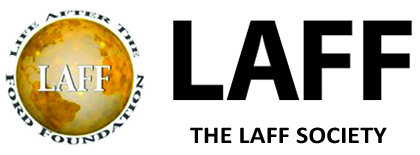- Museum of Jewish Heritage
- African Burial Ground National Monument
- Lower East Side Tenement Museum
- Irish Hunger Memorial
- Action Center to End World Hunger
- Museum of the American Indian
- Museum of the Chinese in America
- Women's eNews Women's History Walking Tour
- Statute of Liberty and Ellis Island Foundation
- September 11 Memorial (which already exists online)
The newest group looking to establish a presence in this storied neighborhood is, of course, Cordoba House. Unlike its predecessors, however, plans for the 13-story Islamic community center and mosque have generated a firestorm of controversy. On Tuesday, New York governor David Patterson offered to mediate a solution to what has turned into a regrettable stalemate between the community center's supporters and First Amendment advocates on one side and opponents of the so-called Ground Zero mosque on the other. Many veterans of the New York nonprofit scene, including myself, have worked with Daisy Khan, executive director of the American Society for Muslim Advancement and a board member of Cordoba House and can vouch for her unquestioned integrity and inspiring work on behalf of Muslims in America. Just as important is her long-term commitment to build lasting bridges between the American Muslim community and members of other faith communities. (Ed. note: Khan is married to Imam Feisal Abdul Rauf, founder and CEO of the American Society for Muslim Advancement and, with his wife, co-organizer of the Park51 project.) Cordoba House's leadership, mission, and plans for the site on Park Place all make it worthy of a location in Manhattan's neighborhood of conscience. That's presumably why the local community board's financial committee voted unanimously in support of the new center and mosque. We in philanthropy and the nonprofit sector have much to gain from increased engagement with the nearly seven million Muslims who call America home. When I served as a program officer at the Ford Foundation responsible for the foundation's grant making to strengthen global philanthropy, I was often reminded by my Turkish colleagues that the very first foundations were established in Anatolia over a thousand years ago. Please join with me in calling on Governor Patterson and other civic-minded Americans to lend their support to reaffirming Lower Manhattan as the world's first "neighborhood of conscience." I, for one, will be sending a check to Cordoba House.

